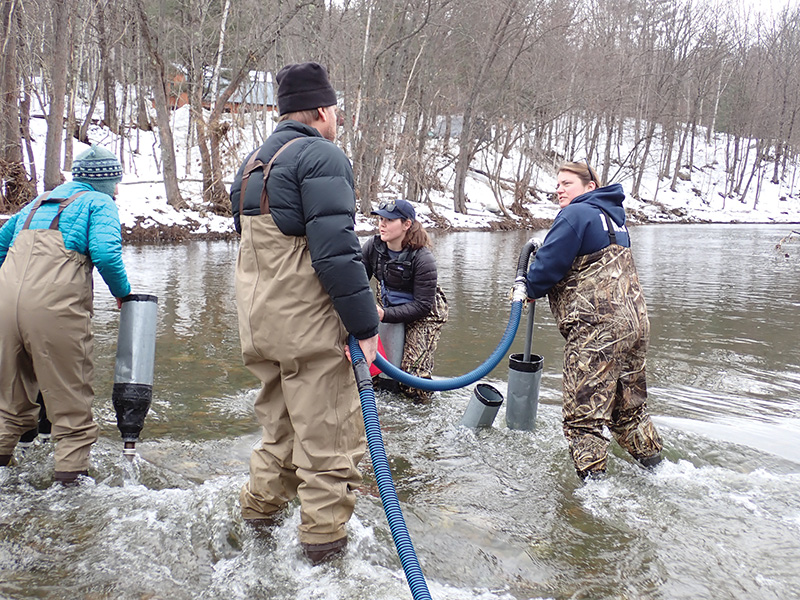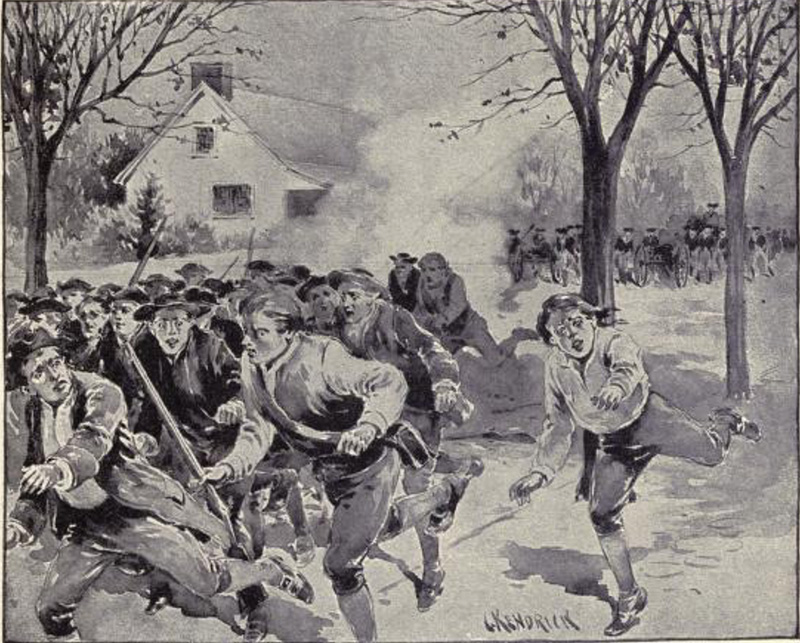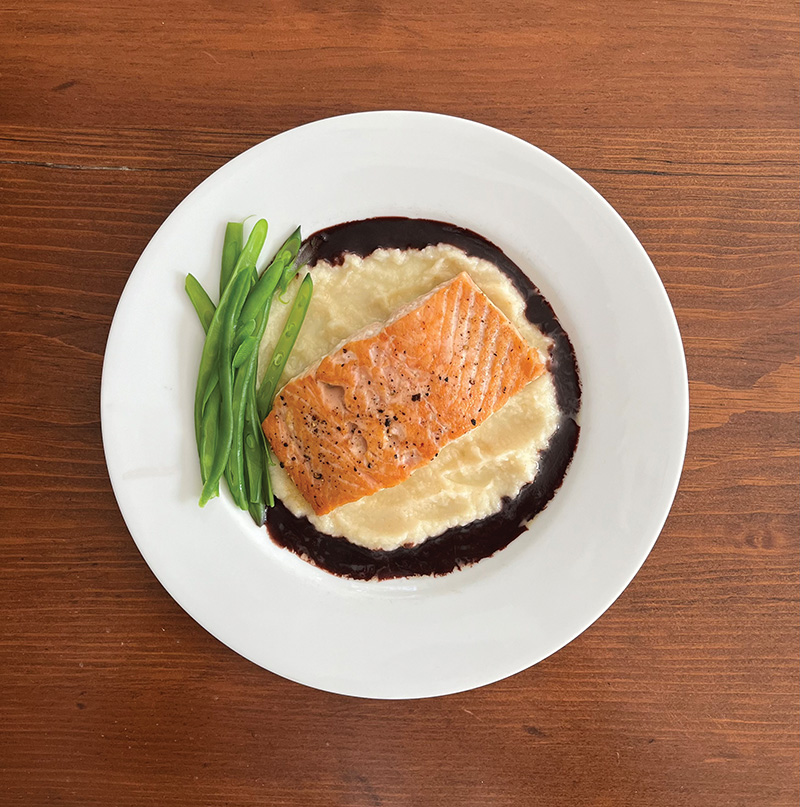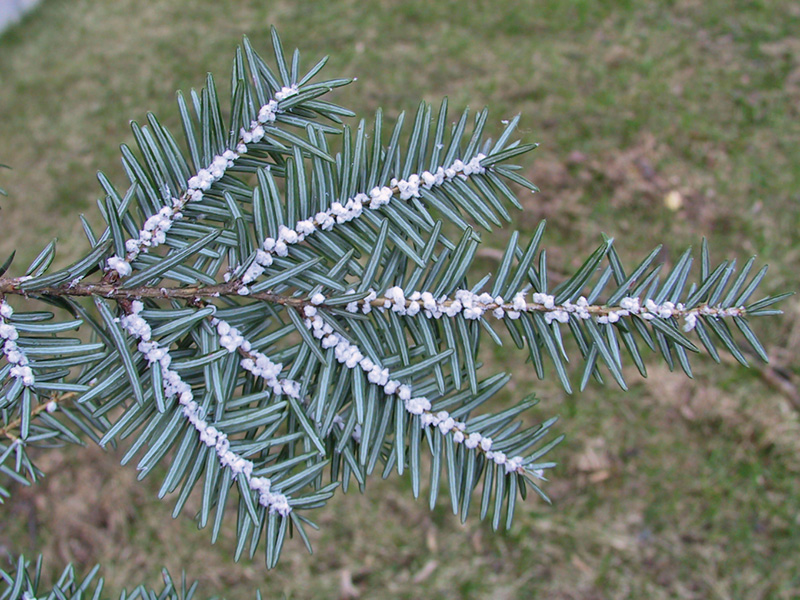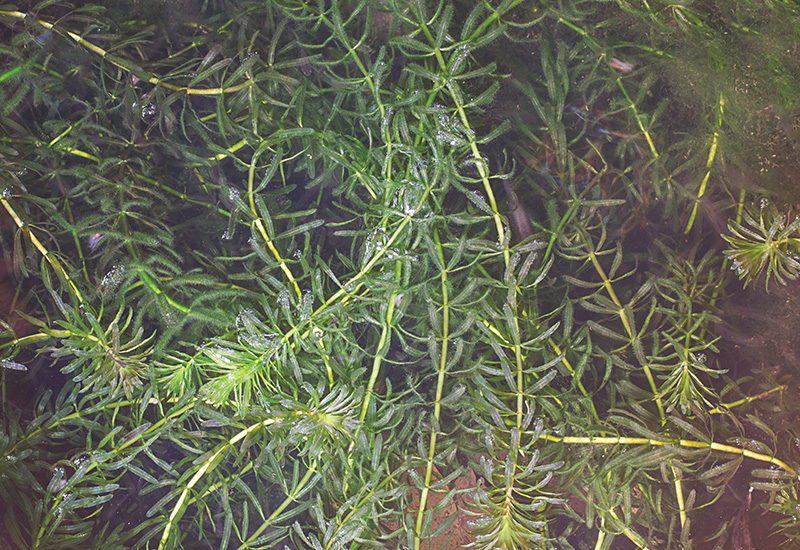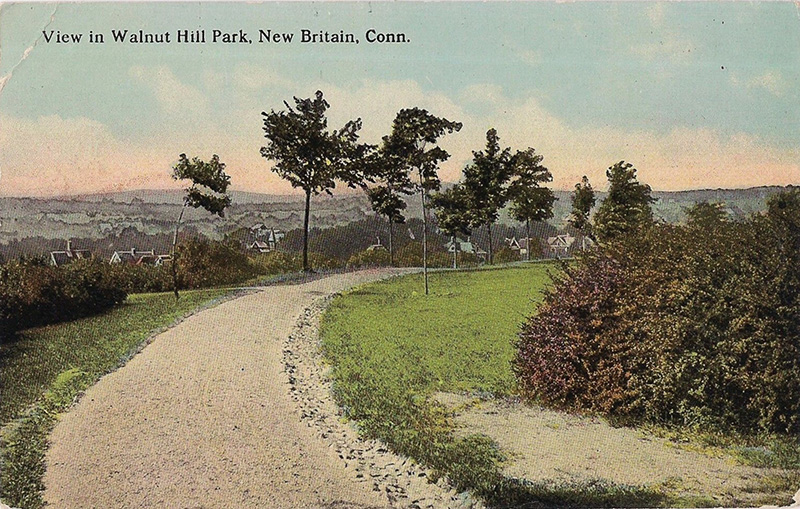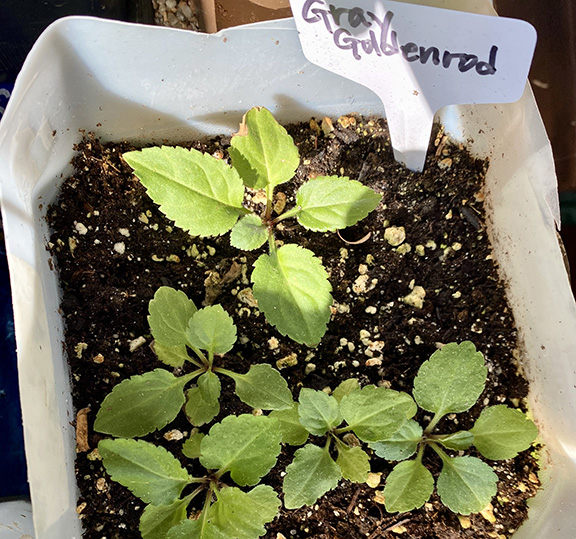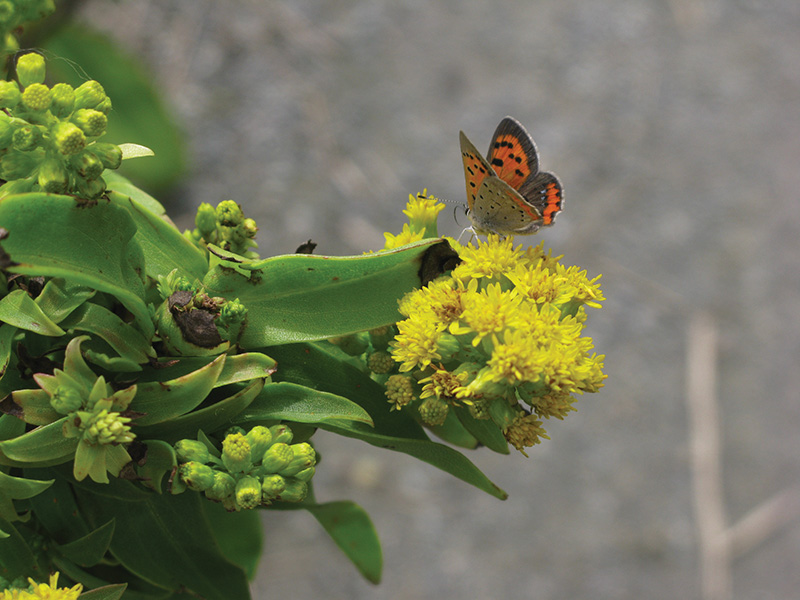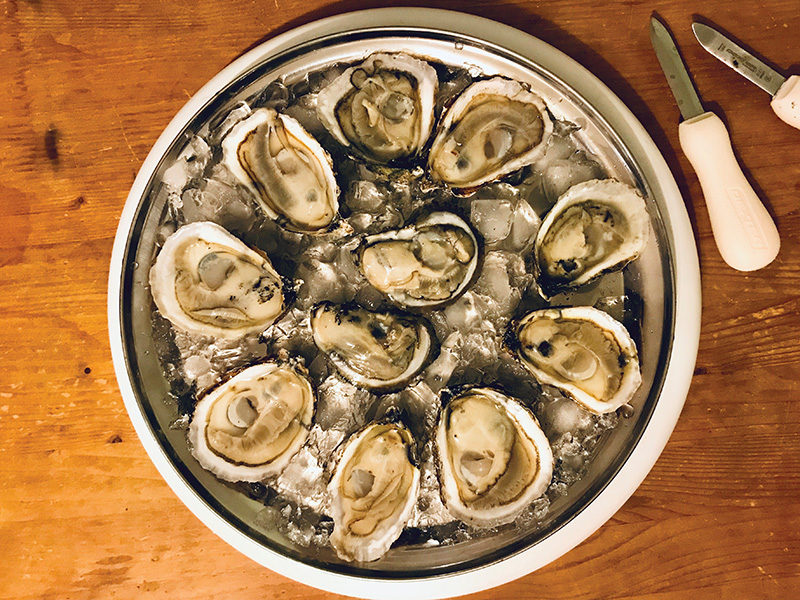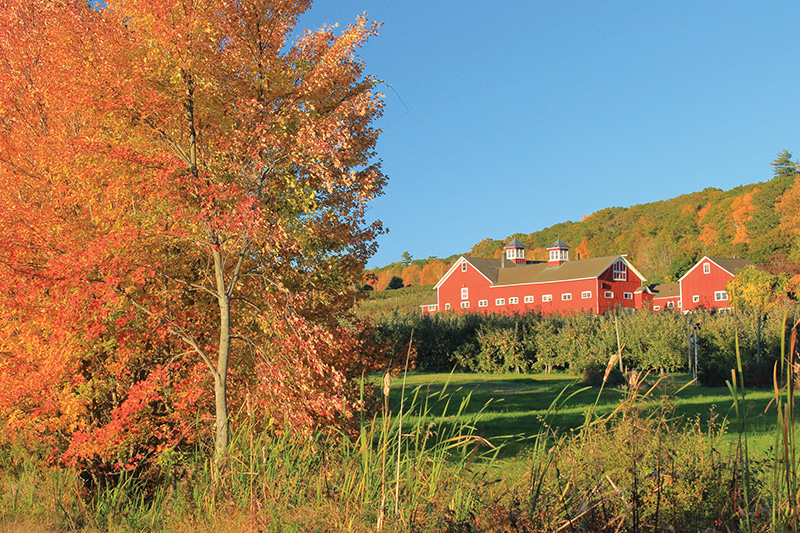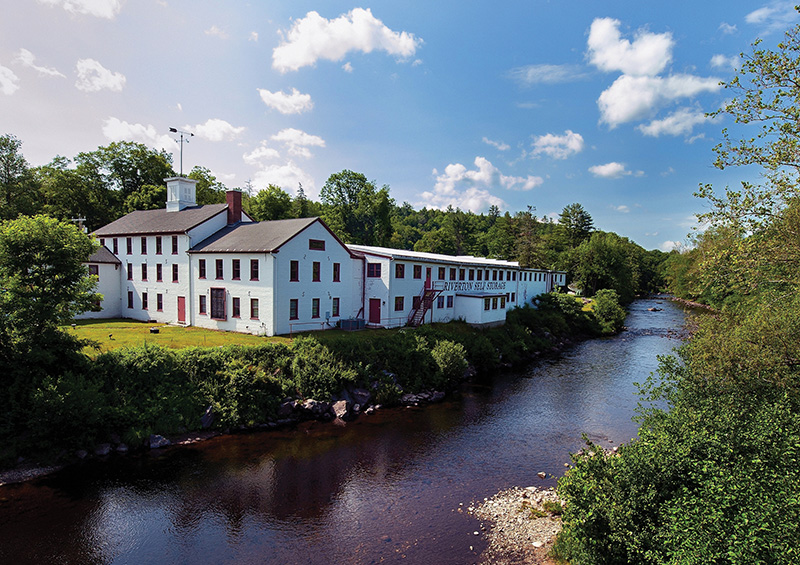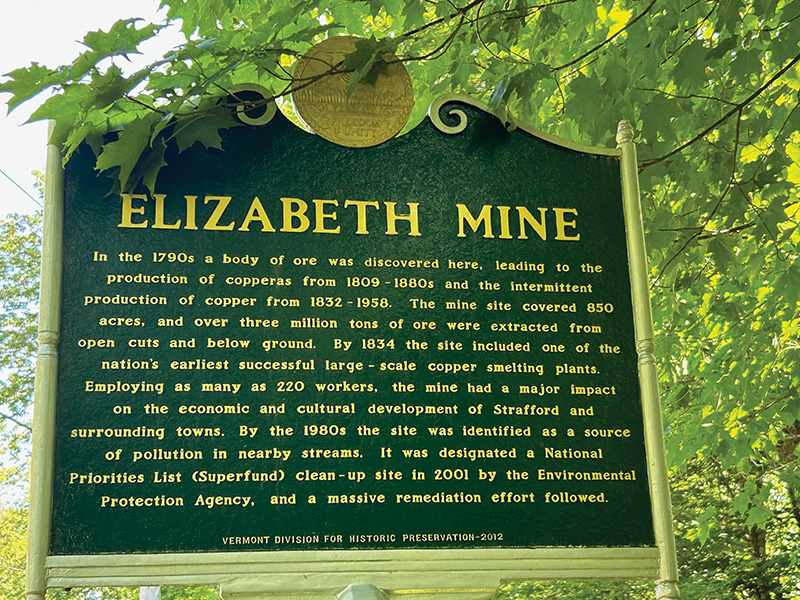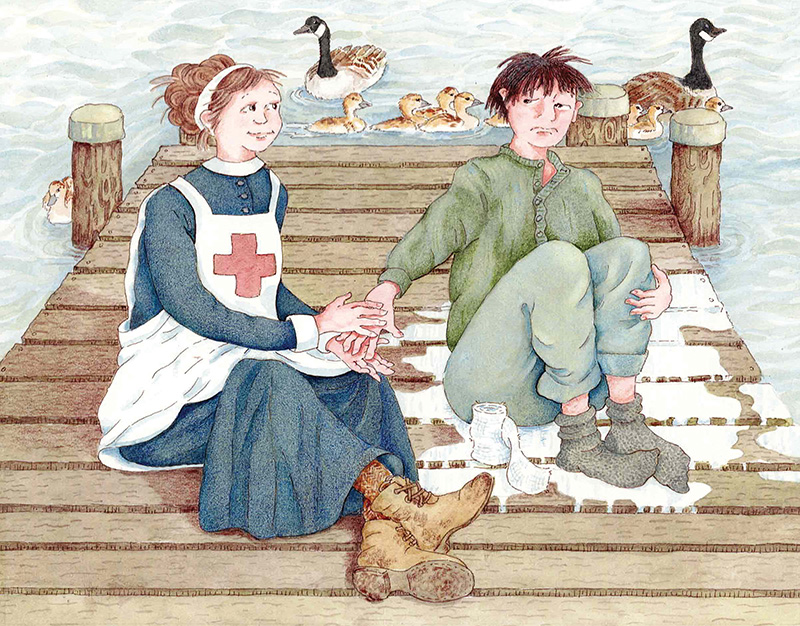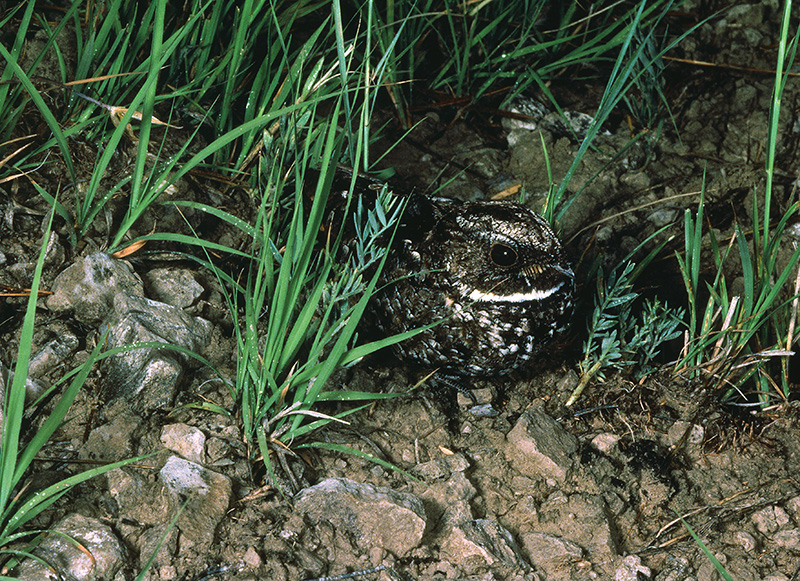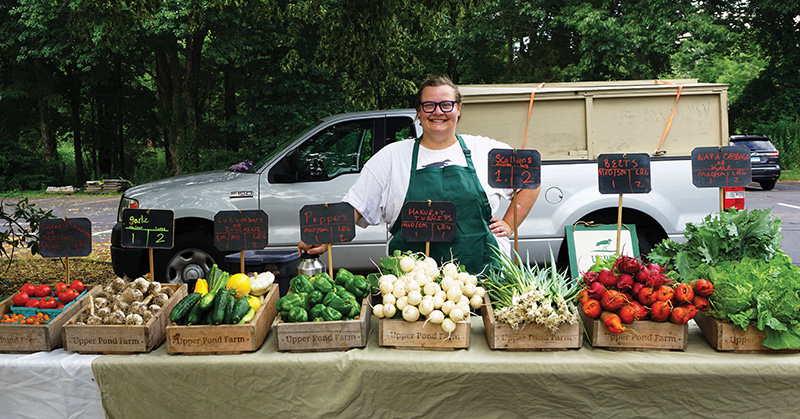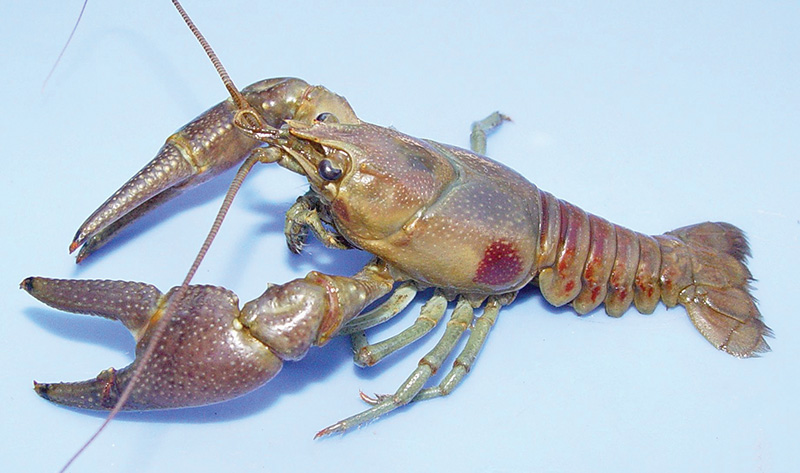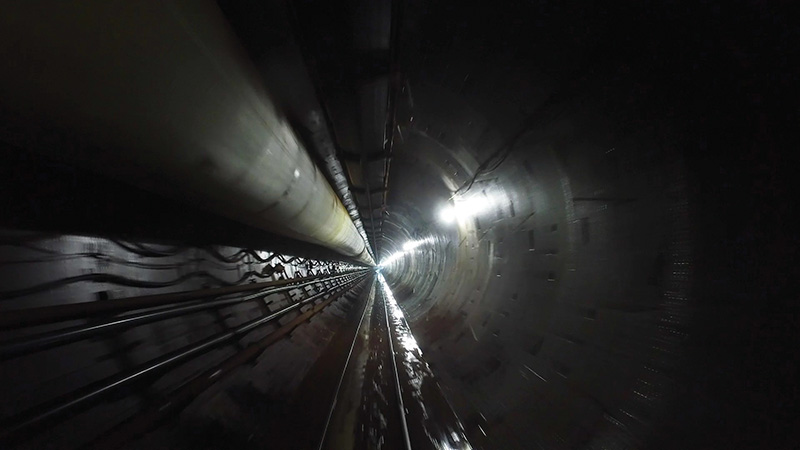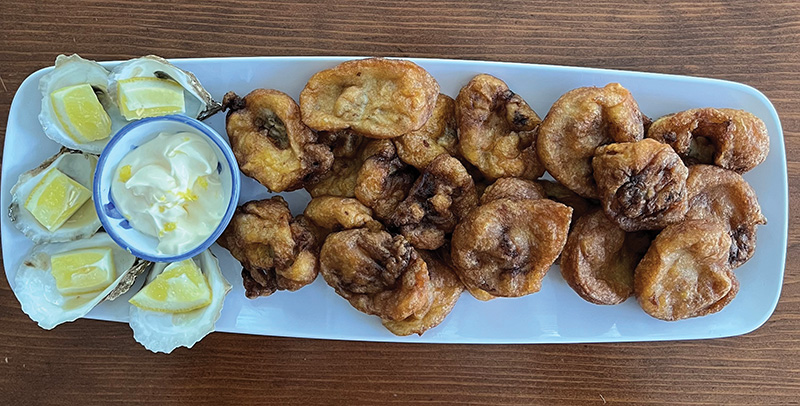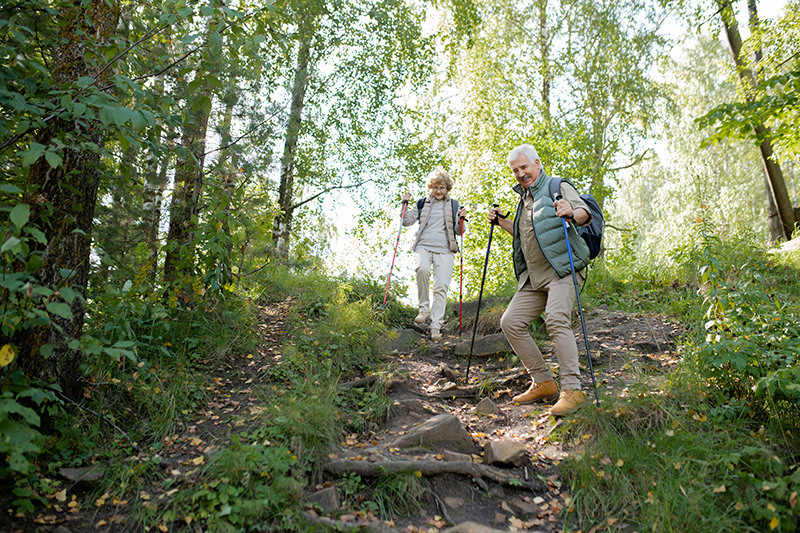Below the water’s surface and even below the top of the streambed is the hyporheic zone. It consists of rocks of many different sizes between which water flows like an underground stream
Shays’s Rebellion: A Connecticut Valley Uprising that Shaped America
On August 29, 1786, 1,500 disgruntled farmers, burdened by oppressive taxation and debt collection by the State of Massachusetts, assembled.
What’s for Dinner?: Sautéed Salmon with Celeriac Puree and Red Wine Reduction
Salmon…a favorite among chefs and home cooks worldwide because it is delicious and versatile. Its ease of procurement, variety of choices, and endless possibilities for preparing are coveted.
What Does the Future of Our Forests Look Like?
These are difficult times for our forests. Non-native pests and pathogens are causing great harm and, in some cases, nearly eradicating entire tree species.
On My Mind…
Forty years ago, the waters of the Connecticut River were vastly improved, mainly through teeth exerted by the Environmental Protection Agency (among many others) on flagrant polluters.
Frederick Law Olmsted: A Son of the Connecticut River Valley
Mention the name Frederick Law Olmsted and many people will know him as the father of landscape architecture and the man who, with his partner Calvert Vaux, designed New York’s Central Park.
Resources: How to Propagate Native Seeds
Links to detailed instructions about how to propagate native seeds
Gardening for Good: Ask for Them by Name
Fall is a great time for flowers. They bring a crescendo of color and activity before shorter days and cooler temperatures.
The Oyster
Connecticut is known around the world for its oysters. Long before Dutch explorer Adriaen Block sailed along the coast encountering vast oyster reefs along his way, scores of Indigenous American tribes had been migrating seasonally to the shore to gather the iconic shellfish.
Central Watershed Outings: An Apple a Day
Visiting scenic orchards of western Massachusetts while enjoying fall foliage, a quintessential New England combination, is a favorite autumn tradition of mine. It’s a great opportunity to support local family-owned farms, which are becoming increasingly rare.
Casting About: Farmington River, Part Two
In the previous issue (Summer 2024) we looked at the fabulous dry fly fishing found in the “year-round” Trout Management Area (TMA) on the upper West Branch of the Farmington River in Connecticut. In this issue, we broaden our view, taking in the two other TMAs on the upper Farmington.
Green Bullets
As a companion to my Fall 2023 story, “The Most Dangerous Animal in America: Shoot to Cull,” it’s important to bring readers’ attention to another critical issue that is little talked about. I begin the story on the rim of the Grand Canyon.
Elizabeth Mine
From pre-colonial virgin forest to copper ore discovery in 1789 by farmer John Taylor, to over 150 years of commercial copper extraction, to abandonment and toxic spoils leached into the Ompompanoosuc River (a tributary of the Connecticut River), to complete reclamation, the mine has undergone profoundly transformative changes.
Estuary for Young Readers #15
President Lincoln’s 1862 call for 300,000 fresh volunteers to serve in the Union Army for three years was met with less enthusiasm than the original call for three months of service that JJ and so many other Connecticut men answered with enthusiasm.
One Photograph: Writ Small
To some of us, the best birds going are those famous for their speed and predatory punch (the falcons, goshawks, eagles, and the like), while others are most taken by those with the brightest colors (warblers, finches), or the most beguiling songs (the thrushes and some wrens, some sparrows). And to others still—the “listers,” generally—the only birds worth seeing are the rarities.
From Dream to Long Table Farm
It all started over a glass of raw milk. Baylee Drown, then working and studying at Green Mountain College in Vermont, offered one to Ryan Quinn (who goes by Quinn). Quinn, an Old Lyme, Connecticut, native, had tasted raw milk before. He liked it, and he liked Baylee even better.
Know Your Crayfish
Crayfish, crawdad, mud bug—what’s your preference?
Below the Surface: Tunneling for Cleaner Water
The Connecticut River is one of the cleanest major rivers on the East Coast, mostly free of untreated sewage.
What’s For Dinner? Oyster Fritters
Oysters—one of nature’s many gifts, and so many choices! Oyster lovers have their favorites, each with its own distinctive characteristics derived from its species and its environment
Let’s Go
News from our River Partners

